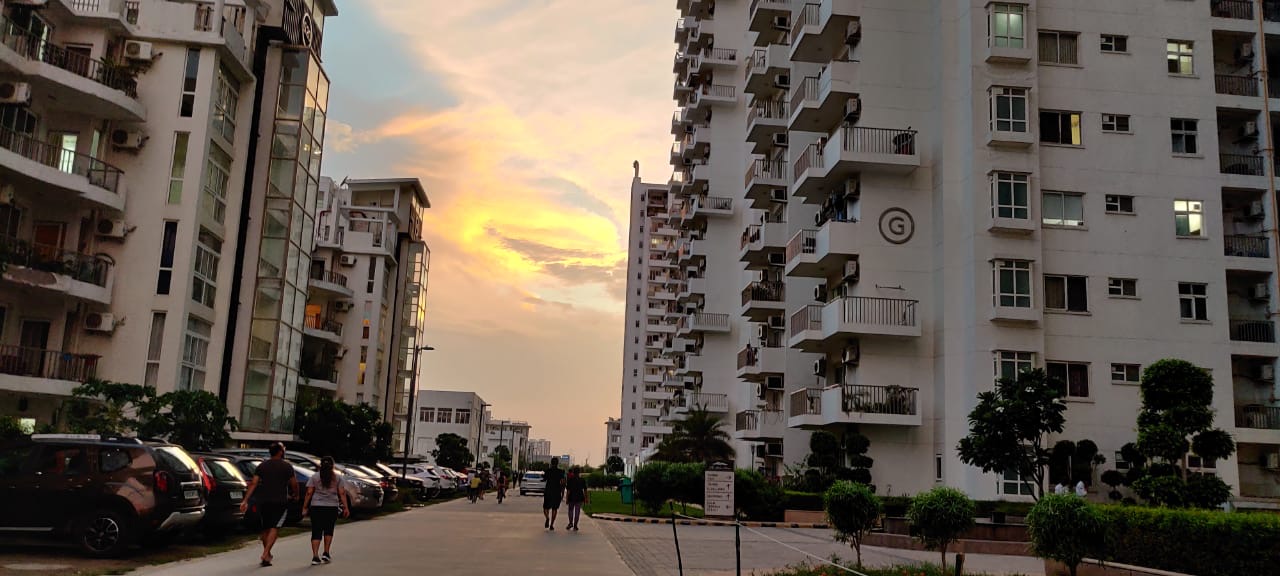In the world of chaos and unrest, it is essential to look within us for stability and comfort that will pull us away from burnout. The competition in today’s world is so intense that letting go of your guard, even for a moment, makes us feel like giving an opportunity to another person. You need to know where you are and where you are going, so it is important that you are able to enjoy what you doing rather than getting into the rat race. It’s because of this reason that Generations X, Millennials, and Generation Y are all in favor of personal growth and often find opportunities for self-renewal and self-development, and in the process find a career which best suits their unique self.
It is this search for self that has given rise to a boom of small business organizations or entrepreneurship in the last decade. While this might be true for some, youngsters in large organizations have found a different approach to take care of themselves. They are opting for sabbatical or paid leave to relax, to see the world, or better themselves in the search for self. It is a process of rejuvenation or self-relaxation that helps a person, before re-entering the rigmarole of working life. This process does not just enrich them, as a person, but helps them tackle the workload with new zeal, leading to benefitting the organizations. It is also because of this reason that many organizations are taking an active interest in sabbatical and the importance of encouraging employees to take them when needed.
Therefore, it is important we understand the word sabbatical in detail and what it means in today’s world. When we look at the etymology of the word ‘Sabbatical’, we realize that the word has its origin in the Hebrew word ‘Sabbath’ which means rest. According to Bible Sabbath is the seventh day of the week for relaxing. It was in the 1950s that the Mosaic law was passed, and Sabbatical year came into existence. It was the seventh year when the fields needed to be left untilled and debtors and slaves released. It was from here that the word evolved and started being used in academia. It was a word first attested in Harvard in 1880 and became a part of academia (Walter Crosby, 1962). In everyday use, the word sabbatical to mean ‘break or change from a normal routine’ was first used in 1903. The word now is actively being used to mean a break from active working life – it could be for academic purpose, gaining a new skill, or just relaxation. More and more people are understanding the importance of it and are taking the benefit of it.
Studies have shown that it not only has a positive effect on the overall health and well-being, it also helps to rejuvenate, creating a perfect work-life balance. (Davidson et al, 2010) (Jarrod M Haar et al 2014). This is why second innings or second begins are equally important. Having worked in marketing and having traveled the world because of it for 12 plus years, starting your education afresh is a new and invigorating challenge. A challenge that IILM like a true friend helped me overcome. An encouraging word and a guiding light are all you need in a journey like this, which made the saying “when the student is ready, the teacher will appear” so true





